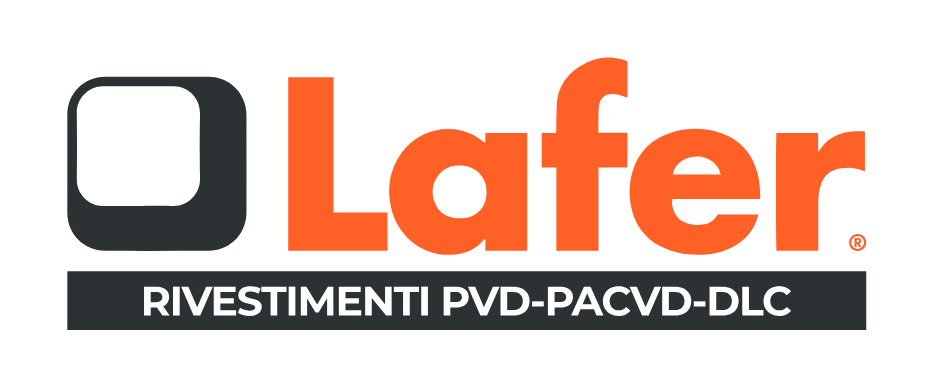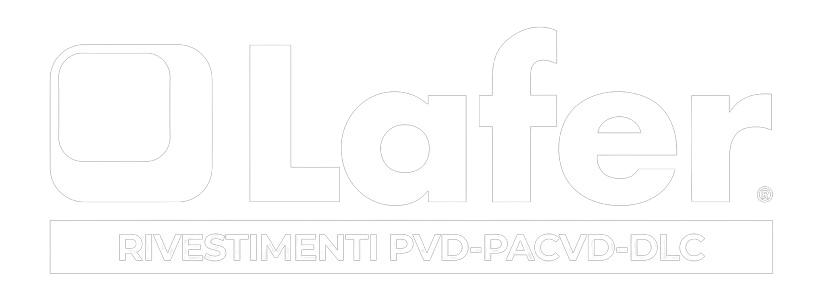Uses and purposes
In the hot forming sector, especially in processes like aluminium and zinc alloy die casting, preparing the forming parts is crucial to protect dies, pins, and cores from wear mechanisms and thermal fatigue.
To achieve high surface hardness, wear resistance, and thermal fatigue resistance, Lafer’s R&D team has developed a package of technical solutions over the years. This package includes not only selecting the correct coating but also optimizing surface finishes and hardening of the forming parts.
Thermal fatigue
The nature of die casting processes involves cyclic thermal stress on the mold caused by alternating phases of injection, casting, and extraction of the molded piece. These varying thermal conditions create alternating states of surface tension and compression, leading to deterioration of the mold components due to thermal fatigue.
This deterioration appears in the form of cracks on the mold surface.
Abrasive wear
The surfaces of molds, cores, and inserts are subjected to wear due to the distinctive characteristics of this type of molding.
The speed, pressure, and temperature at which the molten alloy is injected into the mold create stresses that can lead to abrasive wear on the most exposed operational surfaces.
Metallization
Molds endure significant stresses and high temperatures from the injection of high-pressure metal alloys.
In these cases, there is a high probability of metallization, where the die casting alloy adheres to the mold surface. This adherence can lead to improper separation between the mold and the molded piece, not meeting project specifications.
Proposed coatings for every application
Lafer continually refines its base coatings by adapting them to customer needs, thereby creating specialized coatings optimized for specific applications.




